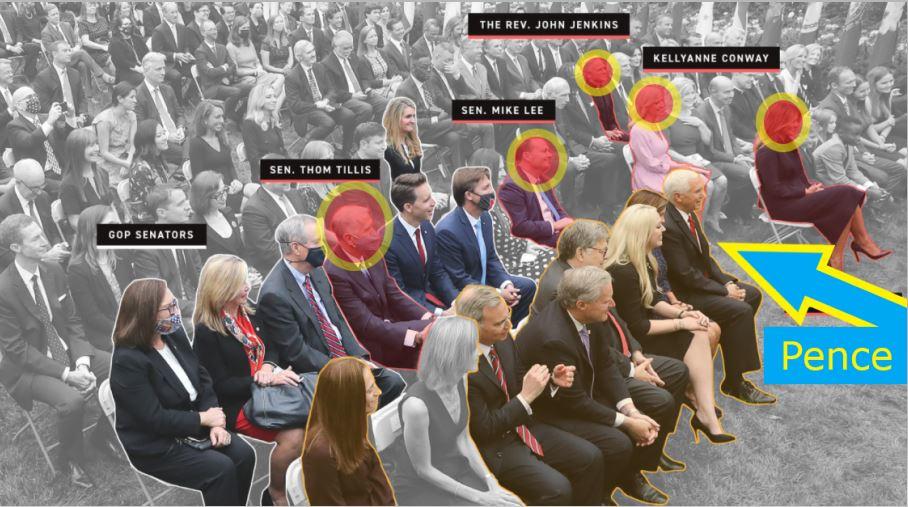Preliminary reports suggest the FBI’s annual crime report, expected to come out at the end of the month, will show an uptick in violent crimes for the second year in a row. Before various law-and-order pundits have a collective panic attack and declare a national emergency to combat a “violent crime wave,” it’s necessary to dig deeper into the numbers to understand what they mean.
The impulse to react emotionally to violent crime statistics is understandable, but some context is necessary. According to a Pew Research study of the FBI’s data, between 1993 and 2015, crime rates fell an impressive 50 percent. Even the last FBI report, which showed a slight increase in violent crime, showed 2015 to be the third safest year in the United States in the past two decades. Given the amazing strides police and communities have made in combating crime over the past quarter-century, relatively minor fluctuations from year to year shouldn’t set off hysteria. Yes, the crime rate rose last year, and all indicators point to 2016 also seeing an uptick in violent crime, but we are not in the midst of a crime epidemic. Any violence increase is bad and needs to be addressed with effective strategies that are fit to local drivers.
At the peak of the crime epidemic in 1980, property crime rates were nearly ten times higher than violent crime rates. Changes in property crimes therefore drive changes in overall crime rates. Property crimes fell in tandem with overall crime rates for the thirteenth year in a row in 2015, with 2016 likely again to show a decrease.
The Emergency Election Sale is now live! Get 30% to 60% off our most popular products today!



